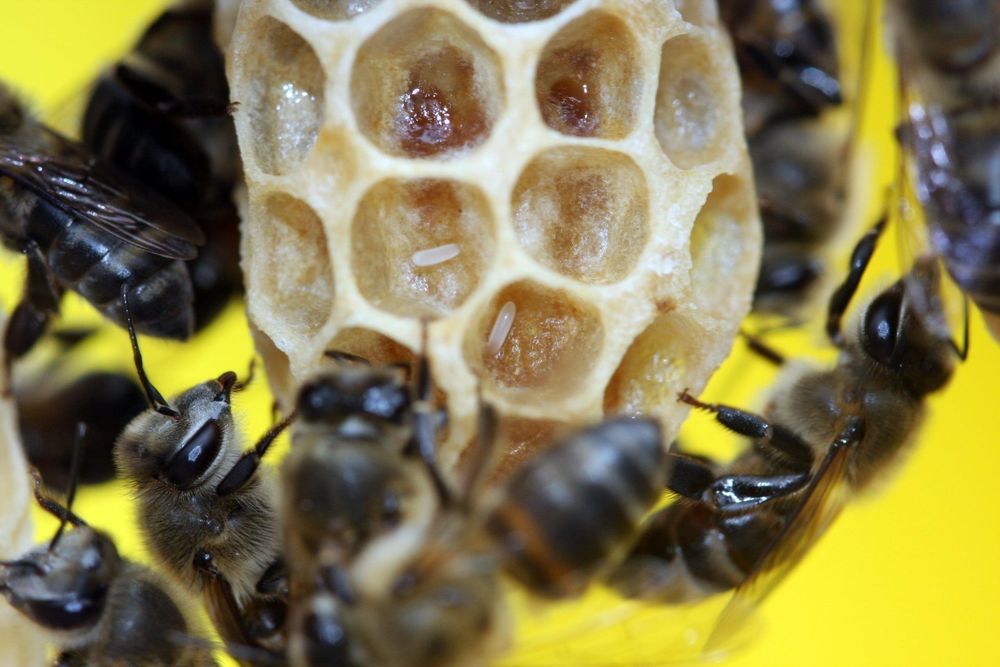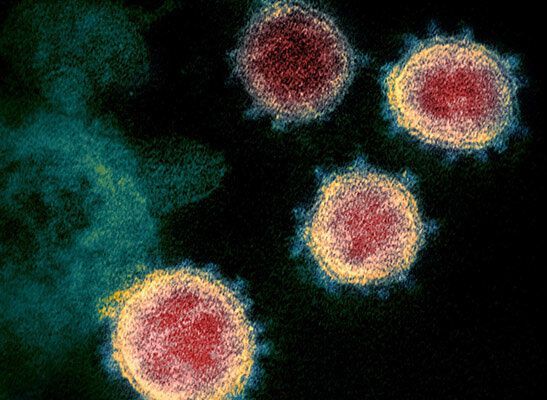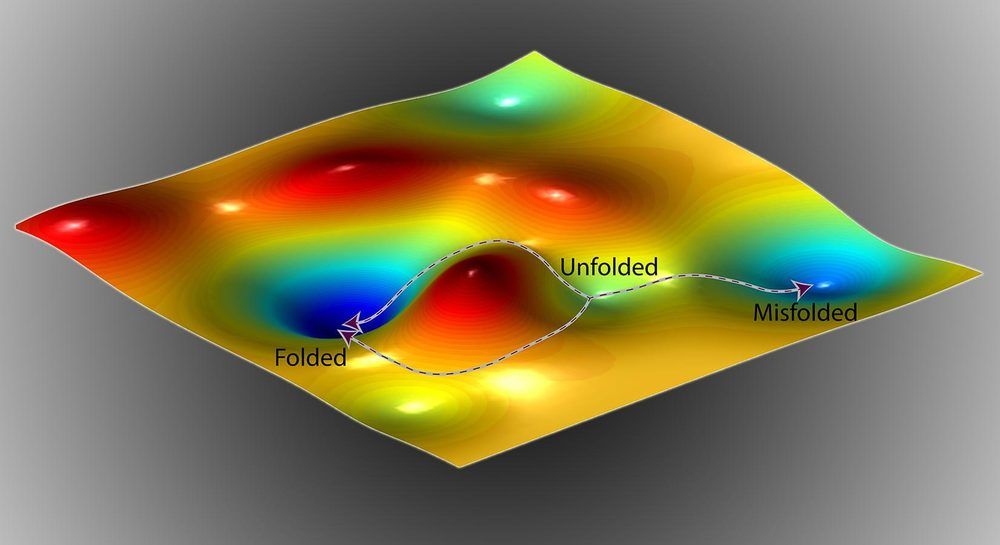Doctors at the Casey Eye Institute at Oregon Health & Science University in Portland have announced the first-ever use of the revolutionary gene editing tool, CRISPR, inside of a person’s body. The tool was used to modify the genes responsible for a particular form of inherited blindness, and those responsible for the pioneering effort say there is real potential here to not only restore the patient’s vision, but open up a new line of medicines specifically used to target and alter DNA.
In an Associated Press report, which comes via NBC, the companies that make the treatment used in the procedure, including Cambridge, Massachusetts-based Editas Medicine and Dublin-based Allergan, highlighted the possibilities moving forward if the trial proves to be successful. Charles Albright, chief scientific officer at Editas, said that “We literally have the potential to take people who are essentially blind and make them see.”
Scientists at the OHSU @CaseyEye Institute have injected a harmless virus containing #CRISPR gene-editing instructions inside the retinal cells of a patient with a rare form of genetic blindness. @NPR @RobSteinNews https://n.pr/3ar3l3M— OHSU News (@OHSUNews) March 6, 2020







